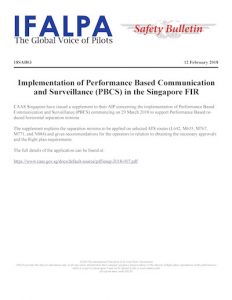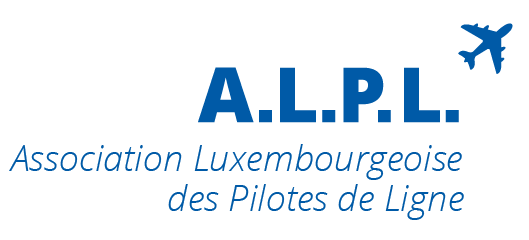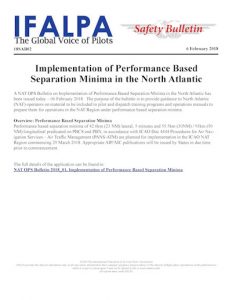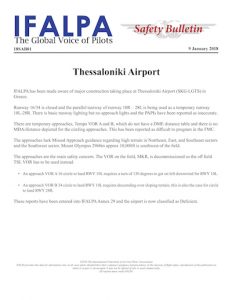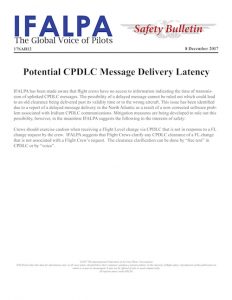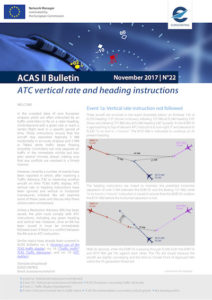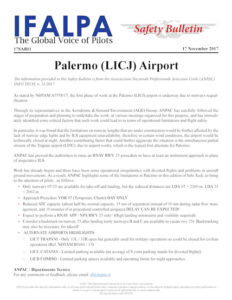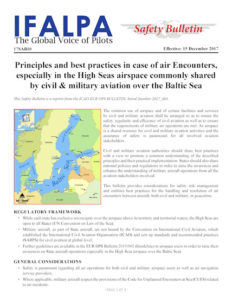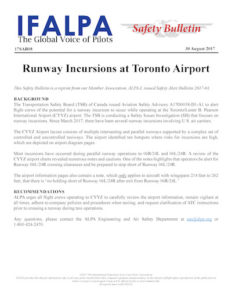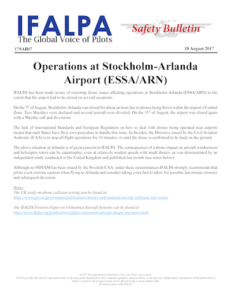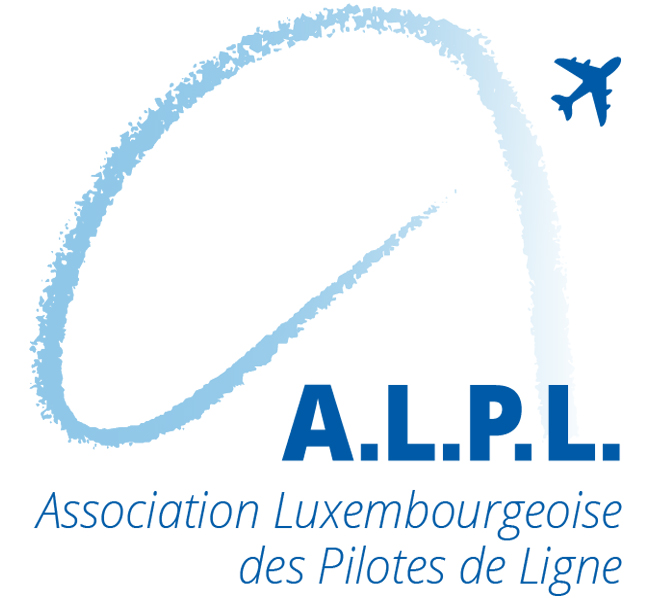IFALPA published a Safety Bulletin regarding potential CPDLC message delivery latency.
In September 2017 flight safety related occurrences involving aircraft equipped with Iridium SATCOM systems for CPDLC were reported. In the reported cases the onboard aircraft systems received CPDLC uplink messages sent by ATC, which were several hours old, as these uplinks were sent to a previous flight operated by the same aircraft. These occurrences resulted in a NOTAM, banning to use CPDLC on Iridium equipped aircraft in some FIR. This ban has been lifted in the meantime as the problems were fixed as Iridium implemented a fix on their ground based systems.
While the problems leading to these occurrences were fixed, it is important to understand that the present setup of the onboard systems does not allow flight crews to verify the time when a ATC CPDLC uplink message was transmitted. Crews must be aware of possible delayed messages not intended for the flight they operate, which could lead to an old clearance being delivered past its validity time or to the wrong aircraft.
Mitigation measures are being developed to rule out this possibility, however, in the meantime the following is suggested in the interests of safety:
Crews should exercise caution when receiving a flight level change via CPDLC that is not in response to a flight level change request by the crew. IFALPA suggests that flight crews clarify any CPDLC clearance of a flight level change that is not associated with a crew’s request. The clearance clarification can be done by “free text” via CPDLC or by “voice” using either VHF, HF or SAT PHONE. Additionally, any route clearance received via CPDLC uplink shall be treated with caution and should be verified in case of any doubt!
„If you receive a flight level change by CPDLC, which you did not request –
verify it before executing the level change!“
We encourage you to take note of this important Safety Bulletin.
